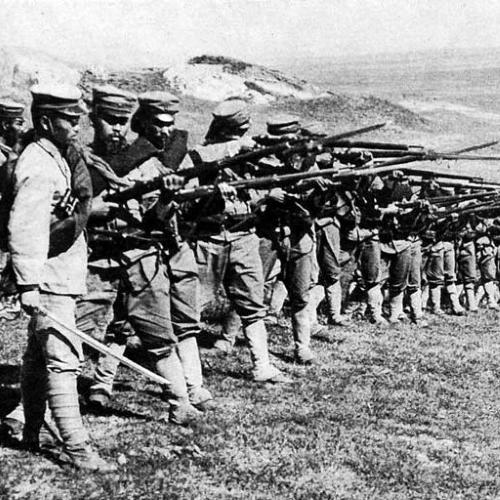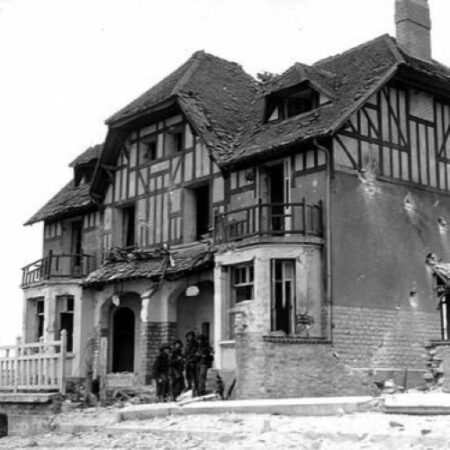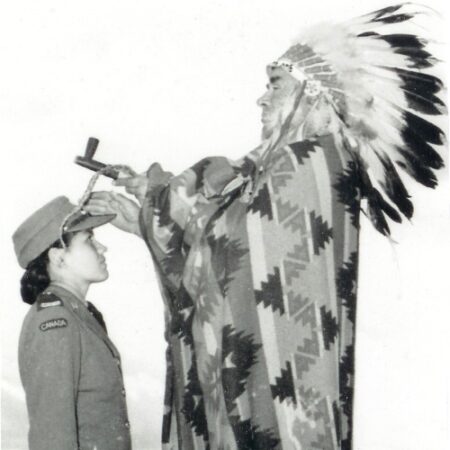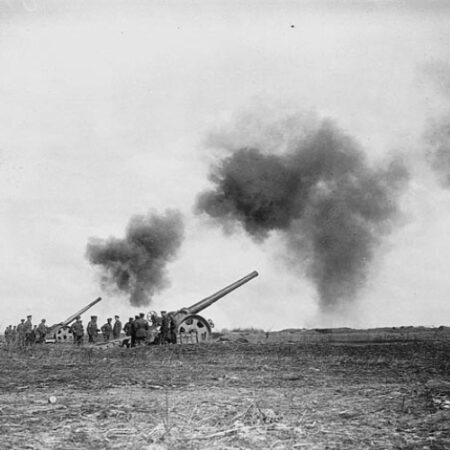The First World War was not just a European conflict. This first in a two-part series on the war outside Europe gives an overview of the various Asian fronts of this war.
When we think about the First World War (1914-1918), the first images that come to mind are of the drawn-out, brutal and deadly battles in Europe’s trenches. This war also initiated a major change in how wars were waged, as the focus shifted to the use of advanced weaponry and rapid troop movements. This vision of the First World War is also fundamentally European and does not accurately reflect how war was waged in places like Africa and Asia. While the second article in this series will talk about Africa, this first article provides a brief overview of how this war was fought in Asia.
Asia is an extremely vast territory, and this short article cannot summarize every military act that took place across this entire continent. We will explore the First World War in Asia with two themes that cover the majority of the continent: the war against the German colonies and India’s participation in the conflict.

War against the German colonies
Before the war, German held colonies such as the city of Qingdao in China and many islands in the Pacific. The Empire of Japan was also a British ally, and the two shared Asian waters. Japan was very quick to engage in the conflict and saw the war as an opportunity to expand its empire. In 1914, Japan sent out its navy to hunt down German ships, and they seized almost all German colonies in the Pacific. That same year, Japan also sent his troops to Qingdao and seized the colony after a months-long siege.
Emboldened by its territorial advances, Japan issued 21 demands to China in 1915. China had become extremely weak since the 19th century, and most of its territory was occupied by foreign powers. Refusing to get involved in a conflict that was not its own, China decided to stay neutral. However, Japan had long aimed at gaining territory from China and took advantage of the annexation of Qingdao to extend its influence over the rest of the country. Japan’s 21 demands on the Chinese government were extremely unreasonable and would have reduced China to a Japanese protectorate. These demands were a complete affront to the national honour of the Chinese people. However, given the country’s extremely weak military position, they could do very little. After intense negotiations, Japan finally proposed a revised list of 13 requests. China had no choice but to accept; otherwise, it was risking a war that it knew was lost in advance.
Japan was not the only power putting pressure on China. In 1916, European nations recruited many Chinese labourers to help in the war effort, despite China’s position of neutrality. Lured by the promise of wages, over one hundred thousand Chinese men signed up and were sent to Canada and Europe to work in different industries. Labouring under extremely difficult conditions, many of these people died on foreign soil. For example, in 1917, the German Navy sank the SS Athos, a cargo-passenger ship carrying over 900 Chinese workers. More than half died and, as a result, China broke its neutrality and declared war on Germany and Austria-Hungary. These countries’ concessions in the cities of Tianjin and Hankou were quickly retaken by Chinese troops. With these recaptured areas and the participation of thousands of workers, China hoped to show its new allies that it was an important player in the war, a point we will come back to later.
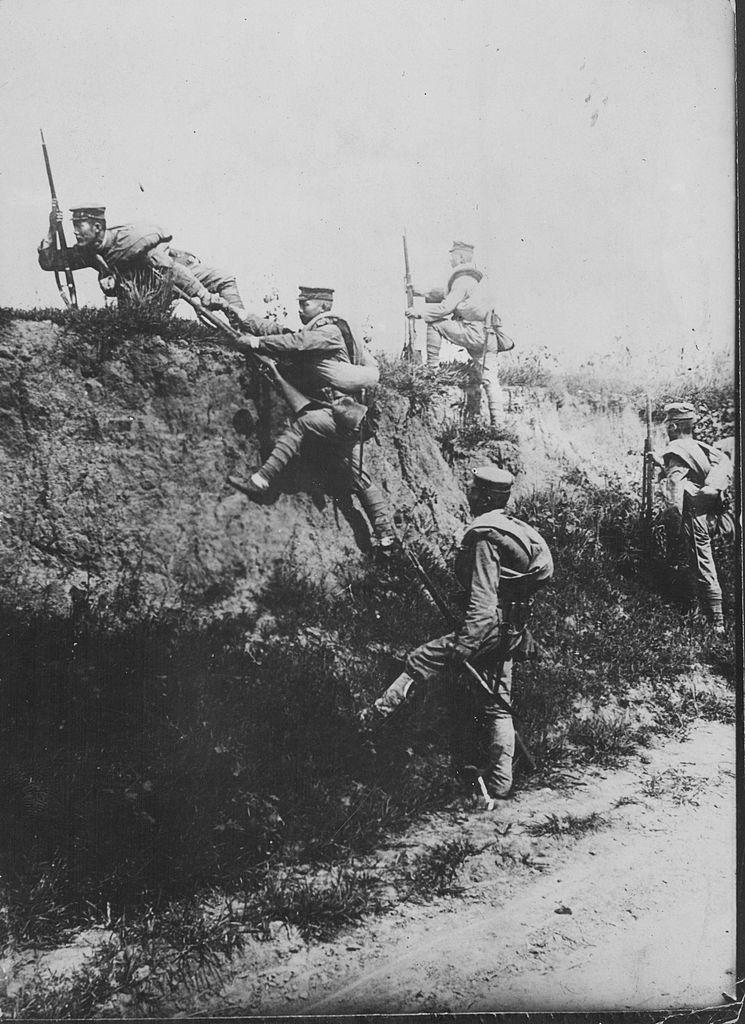
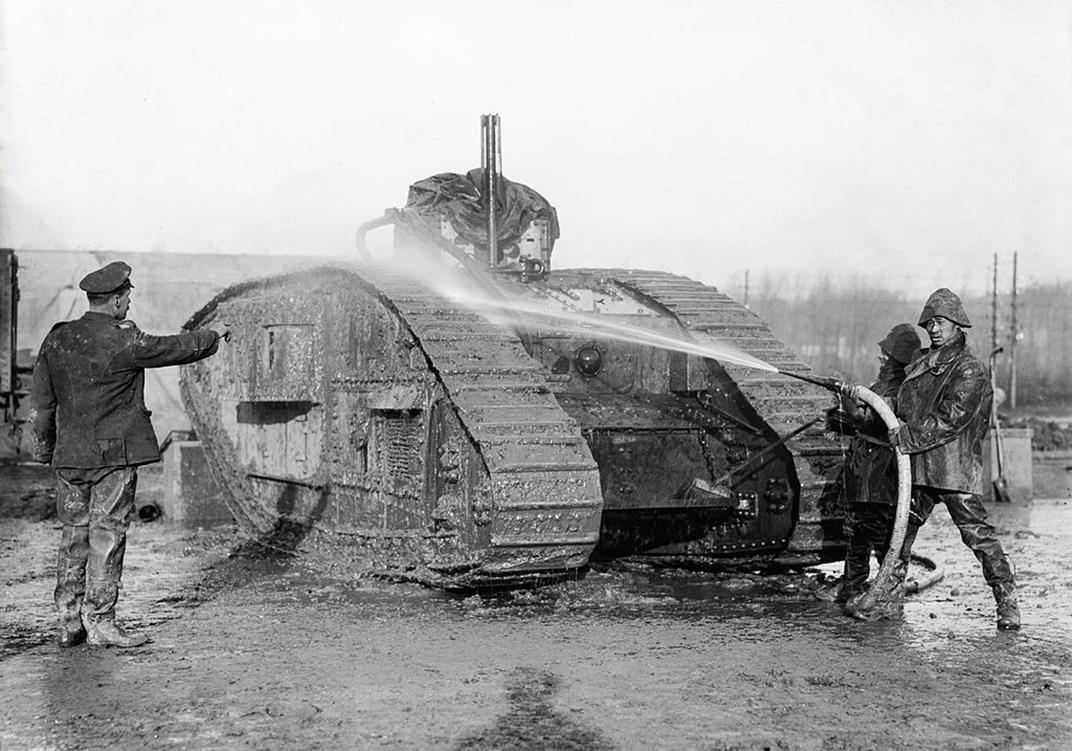
In 1917, Siam (now Thailand) also declared war on Germany and Austria-Hungary. By capturing German ships and sending troops to Europe, Siam proved its military value to European nations. It was one of the only Asian nations that had a seat at the Paris Peace Conference and that received awards for its military participation.
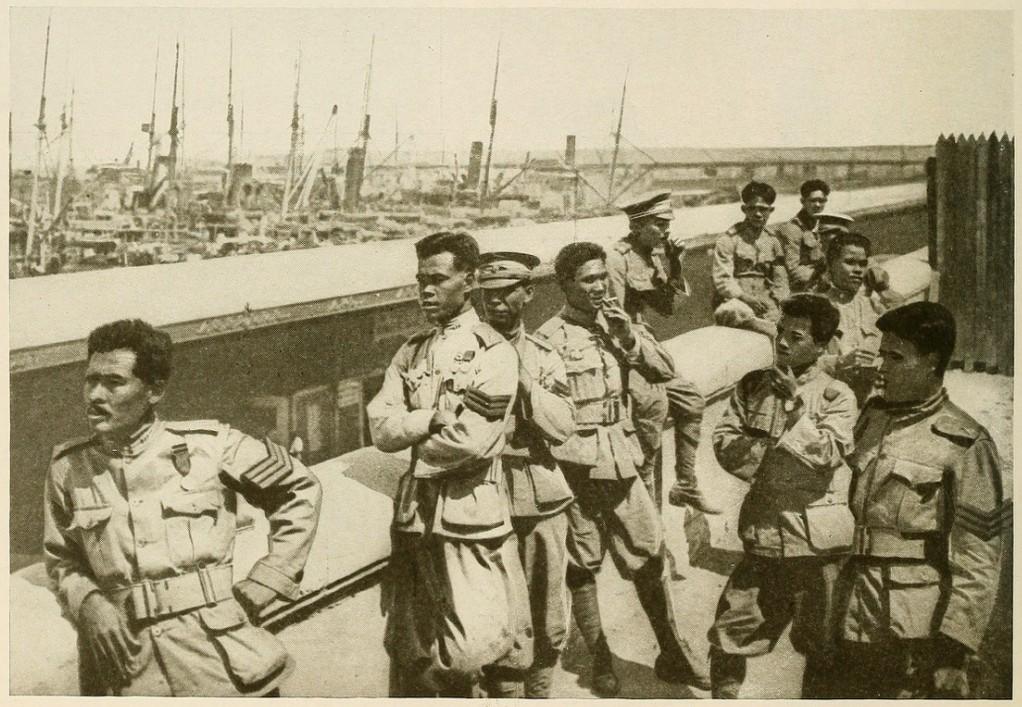
India’s participation
As it was a British colony at the time, India was immediately called upon to get involved in the war. Indian soldiers participated largely under the aegis of the British army, and several thousand men were sent to multiple fronts in Europe, East Africa, North Africa and the Middle East. Almost 1.8 million Indian soldiers were mobilized during the entire conflict.
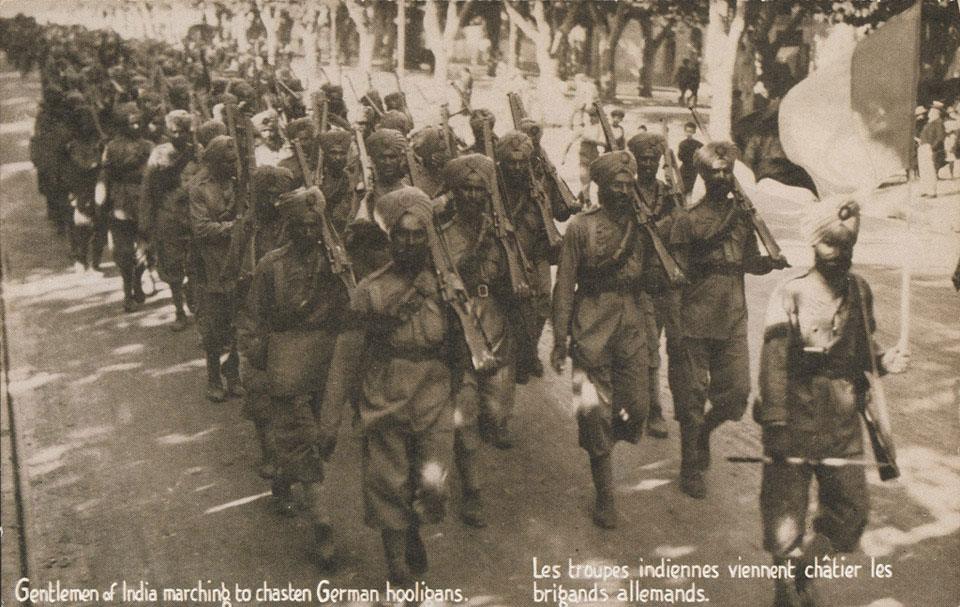
The first Indian expeditionary forces were deployed in 1914. In France, over 130,000 Indian soldiers took part in the fighting. Indian cavalry divisions (which were mobilized as infantry as needed) fought in many major battles. In some regions of Iraq, Indian forces protected the oil wells. The war in this region of the world was very grueling, and many battles were fought against the Ottoman Empire. Later on, an expeditionary force also participated in the deadly Gallipoli Campaign (1915-1916), where Indian forces sustained heavy losses.
For the Indian military, the war was not just about sending expeditionary forces but also about protecting colonial borders. For example, the Ottoman Empire (which was allied with the Germans) directly threatened British India through Afghanistan. Many Muslim tribes took advantage of the war to rebel against the colonial administration. The Indian army was deployed to secure the territory. Many punitive raids were carried out against different tribes in the northeast part of Afghanistan, such as those in Khost (1914-1915) as well as the Mohmands (1915, 1916 and 1917), Bunerwals (1915), Swatis (1915), Mahsuds (1917), Marris (1918) and Khetrans (1918).
A new historical legacy
As mentioned above, many of these nations did not receive the hoped-for compensation for their part in the war. During the Paris Peace Conference in 1919, Japan was allowed to keep its annexed territories, but its demand for racial equality with Western nations was opposed. As for China, its requests for the retrocession of its territories were refused by the West, which favoured Japan. Major protests, known as the May Fourth movement, broke out across all Chinese cities. Britain also did not substantially compensate India for its significant contributions to the war.
Even though multiple Asian nations and several hundred thousand soldiers and labourers took part in the war, it has taken a long time for history to fully notice their roles, as historians have only recently begun to focus on these aspects of the First World War. Much more work about their involvement remains to be done.

Cover photo: Japanese soldiers prepare to advance during the siege of Qingdao, 1914 (source: Wiki Commons).
Article written by Julien Lehoux for Je Me Souviens. Translated by Amy Butcher (traductionsamyb.ca). This article is the second part of a two-part series on the First World War outside of Europe. To read the first part on the different fronts conducted in Sub-Saharan Africa, you can click on the link here.
Sources:
- “Indian Expeditionary Force“, International Encyclopedia of the First World War.
- “The forgotten army of the first world war: How Chinese labourers helped shape Europe“, South Morning China Post.
- “The Surprisingly Important Role China Played in WWI“, The Smithsonian Magazine.
- “Why the Indian soldiers of WW1 were forgotten“, BBC News.
For a more academic approach:
- Shinji Asada, “The Siege of Qingdao: Mobilization and war experiences in a German leasehold in China during World War I”, Presses universitaires de Rennes, vol. 1, no. 9, 2016, pp. 75-91.

